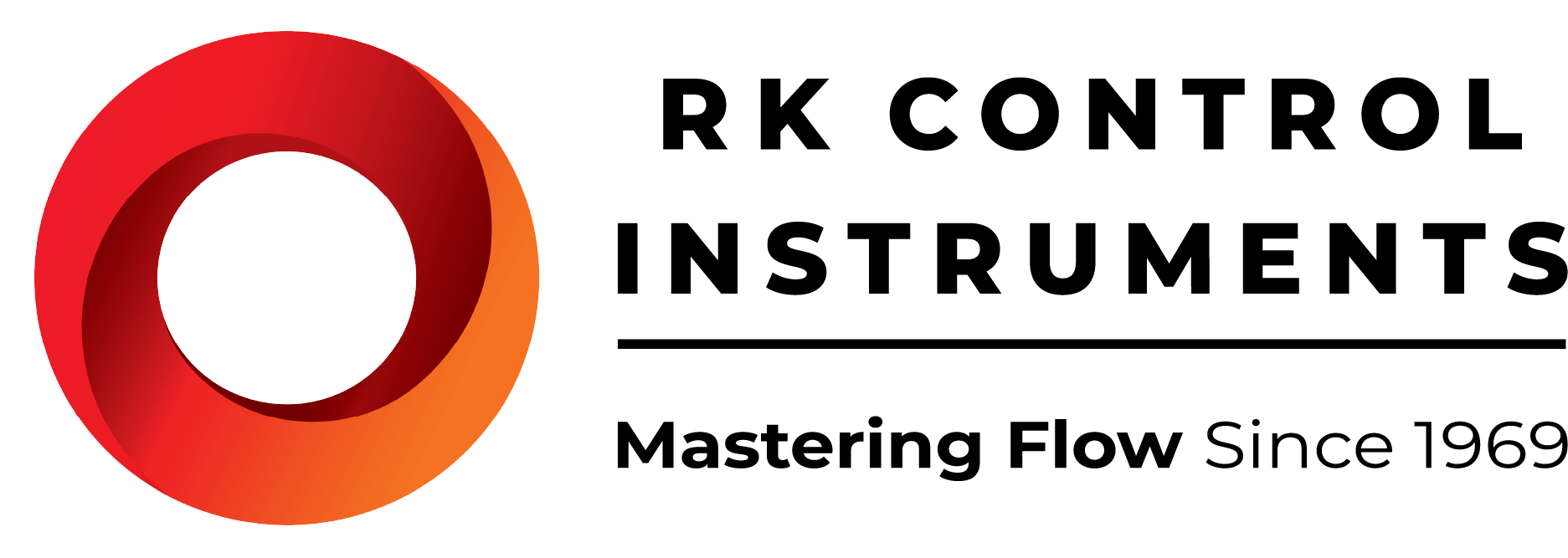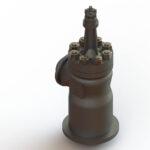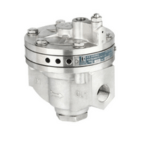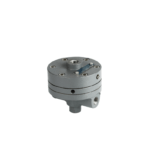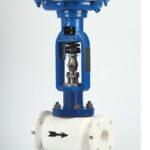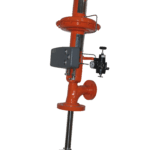A control valve is small in size, but it is extremely important for large-scale industries. Its usage is being felt in various process industries ranging from oil & gas, chemicals, pharmaceuticals, fertilizers, steel and power generation, including nuclear power.
These control valves play a key role in increasing efficiency, safety and profitability of these industries. The product should be easy to source and many manufacturers also offer control valve services. They are ready to address the maintenance of the control valves if there is a need. A priority will be to install these valves correctly and let us discuss more on these lines.
The installation of a control valve
The correct installation of a control valve will be necessary for its smooth function. Some essential aspects must be addressed before the installation and here is the fine print.
- The control valve should be installed preferably in a straight run of pipe away from bends or sections of abnormal velocity.
- Before installing the control valve in the line, clean the piping and fittings of all foreign material such as welding chips, scale, oil, greases dirt.
- Gasket surfaces must be thoroughly cleaned to ensure leak free joints
- There is also a need to check the process flow fluid direction. It should be similar as per the flow direction mentioned on the body of the control valve.
- The process piping should not be applying any large force on the control valve and you need to take adequate measures to check it.
- Pipe threads should be clean and sharp. When making flanged connections, tighten the bolts evenly to avoid placing a strain on the body or cracking a flange.
- Clearance should be provided above the actuator to permit its removal for servicing or for inspection of the valve internals.
Inspections are necessary before starting operations
After the control valve has been installed, make following final check,
- Valve travel- vary air supply to the actuator to ascertain that actual travel corresponds to what is mentioned on the name plate.
- Air lines to actuator – check for leak.
- The yoke clamp bolt should be tight.
- The stem connector also needs a check and there should be no issues with loose bolts here.
- Inspections should also be conducted to see that the control valve is not generating any sound or vibrations.
- The gland packing section also needs a check so that there are no leaks.
These are the inspections necessary right at the start of operations, to ensure smooth functioning.
The control valve may need adjustments
The control valve may need adjustments when disassembling and reassembling. Following are the adjustments that will be necessary.
- The first is the calibration of the control valve positioner.
- A spring compression adjustment will be necessary for both the direct-acting actuator & the reverse-acting actuator.
Conclusion These control valves are vital for the smooth functioning of your process in any industry and therefore, you will need to maintain them to enhance longevity. These are certain things that you can follow. Companies that manufacture control valves are also ready to provide servicing.
